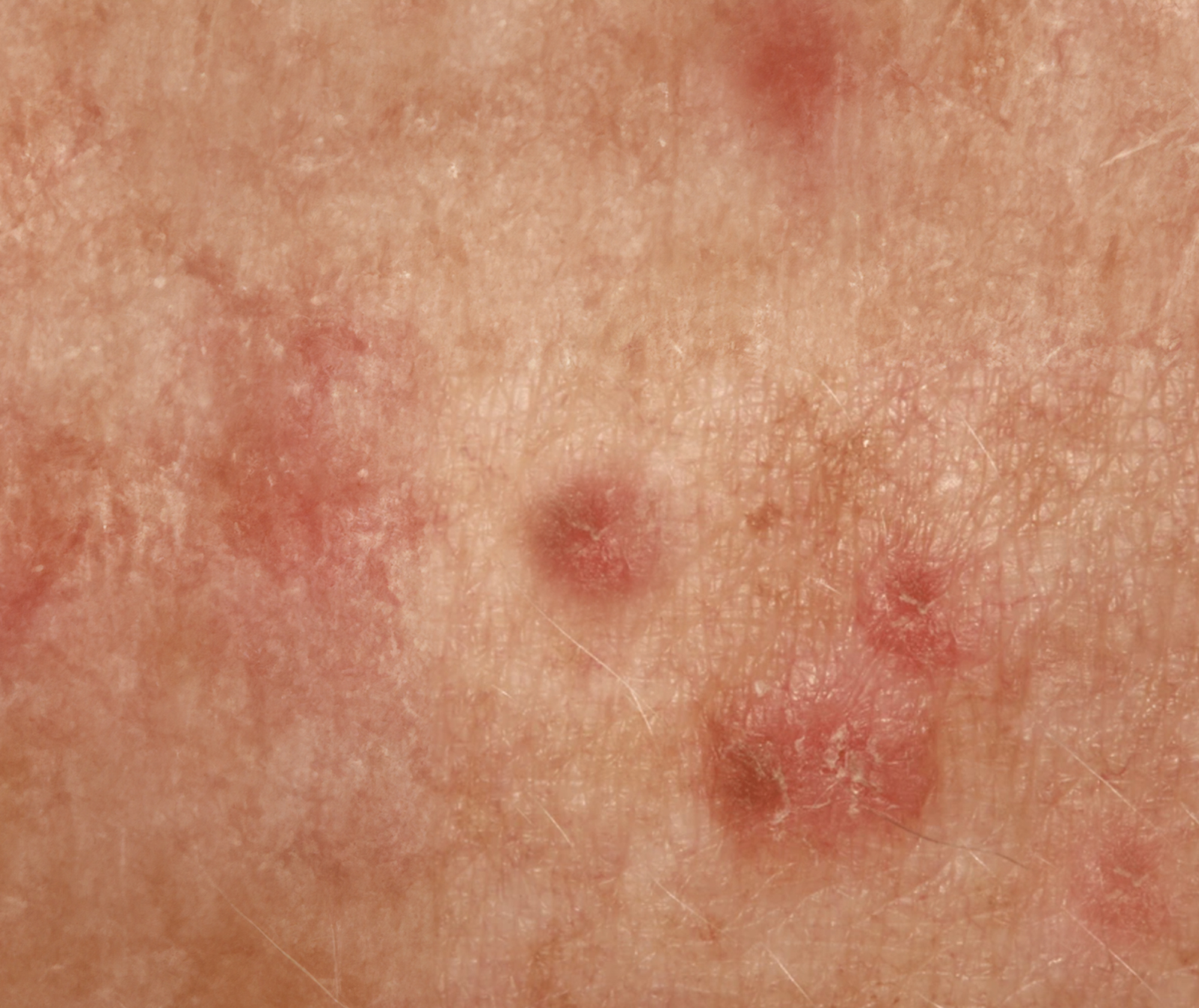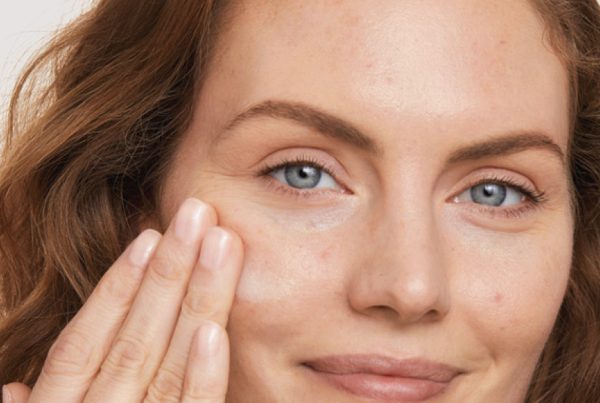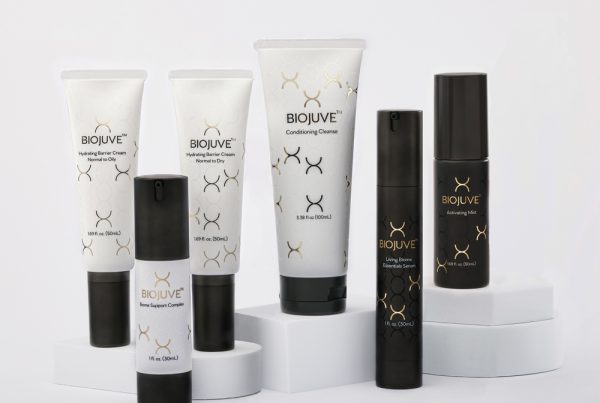
Introduction
The damaging effects of sun exposure on our skin starts to present quite early in those raised in the sunny climate of Western Australia.
Indeed, freckling in childhood is the earliest example of this, and as we age, we see more irregular pigmentation conditions and then in our thirties and beyond, we see abnormal patchy red, scaly spots called solar or actinic keratoses (AK’s).
Pale skin types are much more prone to this, as are those with outdoor jobs with high UV exposure.
Actinic Keratoses – why worry?
AK’s often present as unwanted red patches on the most sun-exposed areas of our face – nose, upper cheeks and temples, upper forehead, and forearms and back of hands.
They are a marker for the risk of skin cancer which often arises in the same sun-damaged area or directly from an AK.
Treatment of actinic keratoses is often undertaken for improved cosmetic outcomes, and as a preventative for skin cancer arising in the same area.
What Treatments are Available and why Photodynamic Therapy (PDT)?
The most common treatment performed by GPs and dermatologists is cryotherapy or ‘freezing’ the spots. Whilst this is quick and inexpensive, the risk of scarring or white spots is high.
Several prescription creams are available for use at home over periods ranging from 2 – 6 weeks. Whilst we cannot name these in this article, many of us will be familiar with them. They preferentially target keratoses and over some weeks cause the spot to blister or scab off.
The effectiveness of these creams is quite good, but the main drawback is the time involved in the treatment and the discomfort during this time.
Photodynamic Therapy or Photodynamic Rejuvenation (PDT/PDR)
PDT relies upon a light sensitive cream which is applied to the spot or the area – this also specifically targets keratoses. After waiting 90 minutes to allow for absorption, either sunlight or IPL light is used to activate the cream. This effectively treats actinic keratoses both individually and over a wide area. With IPL other benefits are gained such as removal of unwanted pigmentation.
PDR has the benefit of being a very quick and safe treatment. It is performed in a single episode and healing time after the treatment on the face is about 1 week.
For more information see:
Hu, Chengjun MD*; Luo, Xiangyue MD*; Jiang, Chufeng MD*; Lei, Shaorong PHD*; Sun, Yuming PHD*. Efficacy and Safety of Photodynamic Therapy for the Treatment of Actinic Keratoses: A Meta-Analysis Update of Randomized Controlled Trials. Dermatologic Surgery 49(6):p 544-551, June 2023. | DOI: 10.1097/DSS.0000000000003784
By Dr David Main




